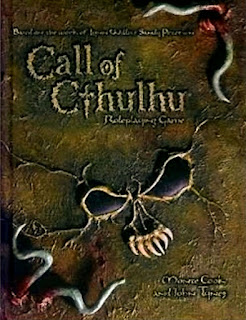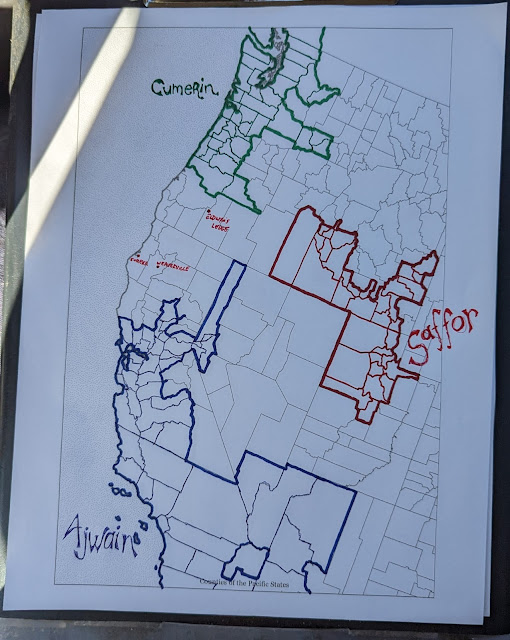Secret Formula
I’m going to reveal the secret formula that turns the real world into the Realms of Adventure. So here’s where it starts. Take the 2020 census population number of any given place and divide by ten. Bam! You know the size of that same place on Marsilon. Pretty easy conversion.
For the most part that reflects pretty well the world I’m trying to portray. But you’ll note that both Weaverville and Eureka don’t reflect that formula.
Weaverville would be a Hamlet of 331 people, which is not large enough to support the businesses that I want to put there. That number is probably good for the map of Phandalin as presented, but we’re not using that map. The map being used shows Weaverville back when it’s population was 1,000 people. I’m going to turn some of those buildings into ruins to reflect the rebuilding going on in the region. That will drop the size of the town, I think we’ll set it at, say, a population of 931 people. That’s large enough to support an inn or two a few saloons and some businesses that our adventurers may want to frequent.
The two maps of Eureka (our stand-in for Saltmarsh) show a population of 5,900 and 8,000 at the end of the 1800s. And our real world 2020 population is 26,938. Apply the secret formula and you get a population of 2,694 people. Those numbers aren’t going to match up at all, so we’ll have to do some alterations here as well.
I’m really okay with that population size, but I don’t like having that cluster of small towns at the Northside of the bay. We end up with McKinley at 1,665, Arcata at 1,827, and Eureka at 2,694. Two small towns and a large town makes the area feel crowded to me. Lets steal a thousand people from each of the small towns. This turns them both into good sized villages. Then let’s add those two thousand folks to Eureka. That pushes Eurekas population up to 4,694, closer to the map population but still a large town. I don’t want it to be a city. I’m happy with this result.
| City | Real World Population | Adventure Population |
| Eureka | 26,938 | 4,694 |
| Arcata | 18,266 | 827 |
| McKinleyville | 16,645 | 665 |
This formula results in a big unexplored region with few towns and cities. Most of the settlements are villages or smaller, which adds to the idea of a vast untamed wilderness. Which is what I imagine exists between the big cities of San Francisco and Portland. The ten largest settlements on the big map are:
| Name | Population | Settlement |
| Chico | 9,868 | city, small |
| Redding | 9,203 | city, small |
| Medford | 8,210 | city, small |
| Eureka | 4,694 | town, large |
| Grants Pass | 3,794 | town, large |
| Roseburg | 2,324 | town, large |
| Klamath Falls | 2,151 | town, large |
| Ashland | 2,114 | town, large |
| Dinsmore | 1,800 | town, small |
| Coos Bay | 1,633 | town, small |
| Red Bluff | 1,409 | town, small |
| Fortuna | 1,252 | town, small |
| Magalia | 1,144 | town, small |
| Anderson | 1,048 | town, small |
| Shasta Lake | 1,024 | town, small |
| Weaverville | 931 | town, small |
Beyond that, it’s villages, hamlet’s, and thorps all the way down. I need to make a low res version of the whole map and put that up… maybe I’ll do that this weekend.





Comments
Post a Comment